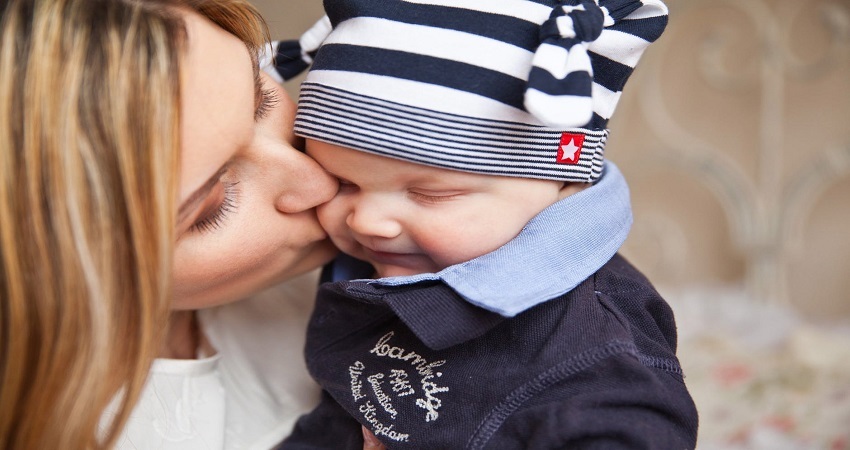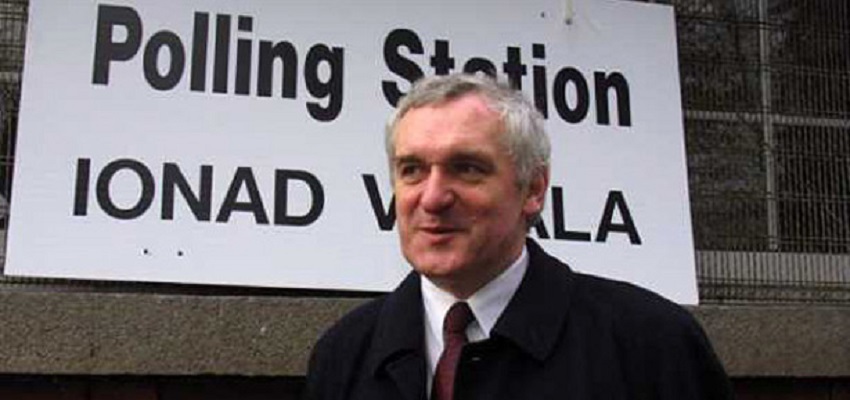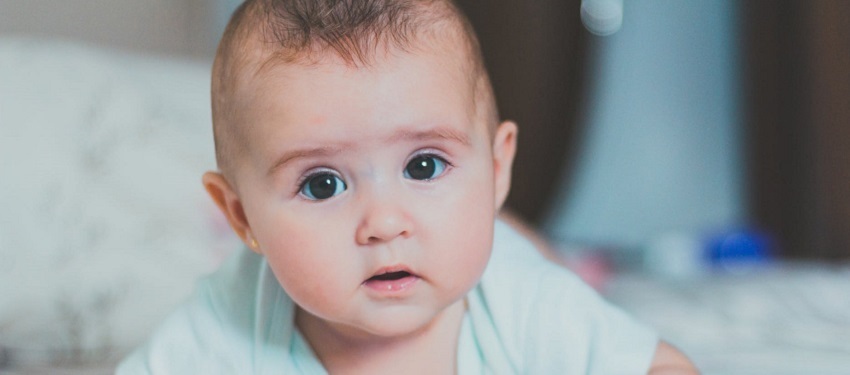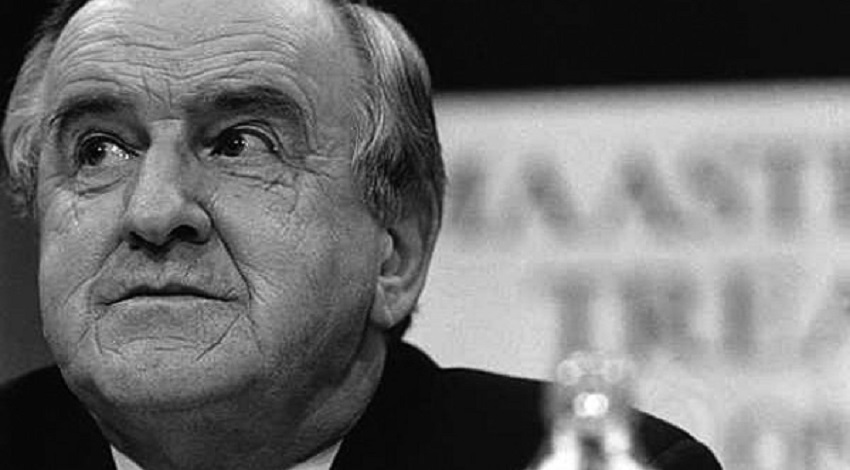History of pro-life in Ireland and the push for abortion
- Home
- Information
- History of pro-life in Ireland and the push for abortion

By general agreement abortion is the single most controversial issue of public policy throughout the Western World in the late Twentieth Century. It has become the defining issue in the politics of each individual nation precisely because, like no other, it excites the passions of opposing forces and draws between them a clear line. Upon examination the reason is quite obvious, for not only does the notion of legalised abortion cut quickly to the core of the matter of life and death, but it raises many other issues about the role of the law, the powers of the State etc, and moreover it has defied all attempts to chart a middle course. In essence this is because no such middle course can, on this question, exist. Attempts to find it are futile and result usually in frustration for both sides, which leaves the issue as a matter of ongoing controversy.
In that regard, Ireland has been presented with the political question of abortion at a peculiarly fortuitous time in that we have an opportunity not afforded to other nations, to make the final decision on legalised abortion, with almost all the issues of fact widely known, the experience of other countries already available for examination, and in an environment where the issue itself raises comparatively little real controversy among the population in general. Broad agreement exists that abortion itself is a bad thing, to be reduced to the minimum. As a question it remains merely what that minimum is, and the facts show clearly that the appropriate minimum is none at all.
Certain ideologically-motivated individuals and organisations, however, have sought to muddy the waters and, hoping to capitalise on an atmosphere of artificial confusion, to foist legalised abortion on an unwilling majority. Their primary means have been to reject proposals for a referendum to outlaw abortion, or indeed any referendum at all, and to push for legislation in line with the X decision of the Supreme Court in 1992.
Overview of Abortion related history
1861
Offences Against the Person Act makes abortion unlawful.
Section 58, states:"Every woman being with child who with intent to procure her own miscarriage shall unlawfully administer to herself any poison or noxious thing or shall unlawfully use any instrument or other means whatsoever with the like intent and whosoever with intent to procure the miscarriage of any woman whether or not she be with child shall unlawfully administer to her or cause to be taken by her any poison or other noxious thing or shall unlawfully use any instrument or other means with the like intent, shall be guilty of felony..."
Section 59 states: "Whosoever shall unlawfully supply or procure any poison or other noxious thing or any instrument whatsoever knowing that the same is intended to be unlawfully used or employed with intent to procure the miscarriage of any woman, whether she be or not be with child, shall be guilty of a misdemeanour..."
1938
In the English case of R. v. Bourne (1938) in which the defendant, the gynaecologist Aleck Bourne, had performed an abortion on a girl who had been raped, the jury upheld the judge's view that an abortion could lawfully be done to prevent the mother from becoming "a physical or mental wreck." On this view of the law, abortion was allowed on serious medical grounds, but abortion on demand was certainly unlawful.
1958
The Treaty of Rome, which came into force in 1958, created the European Economic Community of which Ireland became a member in 1972
1966
In England in 1966 The Medical Termination of Pregnancy Bill (which became the Abortion Act 1967) came before Parliament leading to abortion on demand. Aleck Bourne, the gynaecologist who had instigated the landmark court case of 1938, had become increasingly appalled that his case was being used to justify the new legislation, and became a founder member of Society for the Protection of Unborn Children (UK).
 Lord Steel, architect of the 1967 Abortion Act
Lord Steel, architect of the 1967 Abortion Act1967
Opposition to the proposed liberalisation of the abortion law was at that time supported by the British Medical Association and the Royal College of Obstetricians and Gynaecologists, bodies which only became dominated by a more permissive approach to abortion several years after the new law was implemented.
1972
Ireland joins the European Economic Community and becomes subject in some instances to the European Commission for Human Rights and the European Court for Human Rights.When Ireland began negotiations to enter the EC, it was evident that certain articles of the Irish Constitution were in direct conflict with EC law as established by ECJ decisions, including Costa, Van Gend en Loos, and Internationale Handelsgesellschaft. This Part describes the steps taken by Ireland to enable it to ratify a Treaty of Accession and become a Member State. It was crucial for Ireland to amend its Constitution, and by doing so, EC law became binding in Ireland. Ireland voted to allow EC law to take priority over Irish law, including Ireland's Constitution. Through an analysis of Ireland's Constitution, the amendments necessary to conform with EC case law, and the challenges to those amendments, this Part will establish that EC law is now Irish law.
1979
Ireland passes the Health Family Planning Act which reaffirmed the anti-abortion portions of the Offences Against the Person Act.
1983
The Irish people vote, in a two-to-one majority, in September to protect and acknowledge the right to life of the unborn child in a Constitutional Amendment.Article 40.3.3 states"The State acknowledges the right to life of the unborn and, with due regard to the equal right to life of the mother, guarantees in its laws to respect, and, as far as practicable, by its laws to defend and vindicate that right."
1985
In 1985 student unions were distributing pro-abortion information. The first case challenging the Eighth Amendment was Attorney General ex rel. The Society for the Protection of Unborn Children Ireland Ltd. v. Open Door Counselling Ltd. ("SPUC v. Open Door"). The High Court ruled that the counselling and assisting of pregnant women to travel abroad to obtain an abortion was illegal under Article 40.3.3. The High Court, awarding injunctive relief, found that the defendants' activities amounted to a restrainable activity. More interestingly, the High Court determined that EC law did not apply because the proceedings and the defendants' activities were limited to activities within the State. The defendants' contention that EC law entitled them to operate was rejected.The High Court ruling was upheld on appeal to the Supreme Court where Chief Justice Finlay dismissed all issues raised by the appellants.In 1992 the European Commission and Court on Human Rights determined that those restrictions are not valid.
1992
Irish High Court issues an injunction against students providing information on overseas abortion services.The X Case Judgement, which ruled that a 14 year rape victim could travel to England for an abortion, allowed for abortions to be perfomed up to nine months on grounds of mental health, including the risk of suicide. Legislation has not been passed on this rulingPrior to signing the Maastricht Treaty which established the European Union, Ireland insisted that a provision be included - called Protocol 41 - which stipulated that the European Union would not interfere with Ireland's Constitutional ban on abortion.The Irish people voted on 3 Referenda on the 25th November. Referenda on the right to travel and information were passed. The government campaigned strongly for a yes vote by saying that these were general liberties and not specific to abortion rights. The substantive issue (provision of abortion in Ireland) was rejected in a two-to-one majority.

Pro-life rally in Dublin 1992
1994
The Fianna Fail / Labour Coalition enacted the Criminal Justice (Public Order Act) 1994, attempting to make pro-life demonstrations illegalPatrick O'Dwyer, anti-abortion campaigner and member of the newly formed Muintir na hEireann was arrested in Dublin on the 22nd of April 1994 under Section 7 of the Act. The Act was used on numerous occasions to arrest participants of peaceful pro-life demonstrations.
Link to the Public Order Act here
1995
Michael Noonan, Minister for Health, introduces the Regulation of Information (Services outside the State for Termination of Pregnancies) Act, which allows for abortion referral despite assurances to voters in the 1992 referendum that this in fact would not happen.Article 26 of Bunreact na hEireann allows the President to refer a bill passed by both Houses of the Oireachtas to the Supreme Court which is required to pronounce on whether the bill, or any part of it is repugnant to the Constitution. Interestingly, once the bill is found to not be repugnant, and the bill is signed into law by the President, the law is immune from any other constitutional challenge under Article 34.3.3This was the case for the Regulation of Information (Services outside the State for Termination of Pregnancies) Act.
1997
The C Case saw the Eastern Health Board bring a minor, a 13-year-old pregnant rape victim, to England for an abortion against the wishes of her parents. It was very evident in the six weeks from the 13th of November that the Gardai, the Deptartment of Health, the Eastern Health Board, the State appointed judiciary and the politicians worked together to bring about the death of Baby C.
1999
The Government invites members of the public to submit their views in order to publish a Green Paper on the topic of Abortion. 10,000 submissions are received of which over 99% are prolife. The Green Paper publishes 7 suggested recommendations only one of which is a total ban on abortion.
2000
The All Party Committee on the Constitution hold public hearings on the issue of abortion and publish the 5th Progress Report - Abortion on their findings. 105,000 submisions were received from the public. Again over 99% were pro-life.
2001
On Tuesday, 2nd October 2001, the Government published their proposed amendment to the constitution."The objective of the 25th amendment, entitled Protection of Human Life in Pregnancy, is to resolve the unsatisfactory legal situation regarding abortion that has existed since the X Case judgment in 1992," claimed An Taoiseach, Bertie Ahern.If it had been approved by the people, the new provisions would have been inserted into the constitution as Article 40.3.4 and 40.3.5.
2002
The amendment, which was seen by pro-life activists as a limited abortion amendment, was narrowly defeated. Pro-life organisations vowed to continue to work to save mothers and babies and to keep Ireland abortion free.

Bertie Ahern, then Taoiseach, after voting in the referendum in March 2002
2007
In May 2007, a 17-year-old girl took a case to the High Court against a Health Service Executive (HSE) decision to stop her leaving the State for an abortion. She had been in the care of the HSE since February. 'Miss D' was four months pregnant and wanted to travel to the UK for an abortion. In his judgement Mr. J McKechnie gave his opinion that this case was not about a foetus with a disability but about a baby destined to die. He criticised the HSE’s handling of the case and their attempts to bring it within the ‘X’ case. Mr. J McKechnie then went on to say that in his opinion the right to travel inserted into the Constitution by the 1992 referendum, takes precedent over the right to life of the unborn. He then set aside the order of the District Court.
2009
In December 2009 a case was heard in the European Court of Human Rights (ECHR), ABC v. Ireland. The plaintiffs in the case are three anonymous women (referred to as “A,” “B,” and “C”) who are challenging Ireland’s protection of the unborn. They have petitioned the Court to create a “right to abortion” in the European Convention on Human Rights (the Convention) and ask that the abortion “right” trump the right to life guaranteed in Ireland’s Constitution. Such a holding by the ECHR would be a striking departure from the European practice of leaving the resolution of such issues to the member states.
2010
The Court ruled, on 16 December 2010, that by eleven votes to six, that there had been no violation of Article 8 (right to private and family life) of the European Convention on Human Rights in respect of the first and the second applicants (A and B), and unanimously, that there had been a violation of Article 8 respect of the third applicant (C).
2011
Prior to a general election in February 2011, Fine Gael, the main opposistion party at the time, made a promise to pro-life advocates that they would not legalise abortion during their time in office. However, they went into coalition with the Labour Party, who wish to see abortion legalised on grounds similar to the British model, and a campaign for legalised abortion almost immediately began.
2012
The government set up a so-called expert group to examine the judgement of the ECHR ruling and the implications of the 'X' case judgment. This Expert Group on Abortion released its findings in November 2012, saying that Ireland was obliged to implement the court's decision and recommending legislative and statutory reform
2013
On 30 April 2013, the government published 33 pages of draft legislation for the Protection of Life during Pregnancy Bill 2013 (previously entitled Protection of Maternal Life Bill 2013) with the intention of enacting the legislation before the 2013 Dáil summer recess.
1983 Amendment
The Eight Amendment
The Eighth Amendment of the Constitution of Ireland introduced a constitutional ban on abortion. It was introduced to prevent abortion being legalised at any time in the future. Opponents of abortion sought the amendment partly because of fears that the Irish Supreme Court might infer an implicit right to an abortion in the provisions of the constitution. The court had already ruled, in the 1974 case of McGee v. The Attorney General, that reference in Article 41 to the "imprescriptable rights, antecedent and superior to all positive law" of the family conferred upon spouses a broad right to privacy in marital affairs. It was feared that this right might be extended to include the right to an abortion. There was further concern that the Supreme Court might take its lead from developments in judicial review in other nations, such as the controversial ruling of the United States Supreme Court in the 1973 case of Roe v. Wade.
It was effected by the Eighth Amendment of the Constitution Act, 1983, which was approved by referendum on 7 September 1983 and signed into law on the 7 October of the same year. The amendment was passed by 841,233 (64%) votes in favour to 416,136 (33%) against. While the change shown above is that made to the English language text of the constitution, constitutionally it is the Irishtext that has precedence.
It inserted into the Constitution Article 40.3.3°:
The State acknowledges the right to life of the unborn and, with due regard to the equal right to life of the mother, guarantees in its laws to respect, and, as far as practicable, by its laws to defend and vindicate that right.
Admhaíonn an Stát ceart na mbeo gan breith chun a mbeatha agus, ag féachaint go cuí do chomhcheart na máthar chun a beatha, ráthaíonn sé gan cur isteach lena dhlíthe ar an gceart sin agus ráthaíonn fós an ceart sin a chosaint is a shuíomh lena dhlíthe sa mhéid gur féidir é.
The referendum was supposed to be the end of the abortion controversy in Ireland. The popular initiative for the referendum had come from the Pro-Life Amendment Campaign and the wording that originated with Fianna Fail was carried by an overwhelming majority. In the event the lull in the abortion battle lasted less than ten years.

Surprise Verdict in the X case
In Febraury 1992 the High Court granted an injunction preventing a 14-year-old rape victim from travelling to England to have an abortion since it held that the right to life of the unborn child superseded any wishes she or her parents might have. She had travelled to England with her family and contacted the Gardai before the abortion, asking them if DNA from the aborted foetus would be admissible as evidence in the courts, as the neighbour who had raped her was denying responsibility.
The Gardai contacted the Attorney General Harry Whelehan and he sought an injunction under Article 40.3.3 of the Constitution of Ireland preventing her from having the procedure carried out. The injunction was granted by Justic Declan Costello in the High Court.
A claim was made that the unwanted pregnancy had left her suicidal and therefore a conflict existed between her right to life and the life of her child. A State funded appeal was made to the Supreme Court.
In a surprise verdict, the Supreme Court, by a split decision, delivered on March 5th, held that the threat of suicide constituted a "real and substantial risk to the life of the mother" and that in such an instance the equal right to life of the unborn child as envisaged by the 1983 Amendment could not mean an absolute equality, that in fact the rights of the child were "contingent" on the mothers right and, therefore, of lesser importance. In short, abortion became legal in Ireland by the same Constitutional provision which was designed to prevent that. The girl was permitted to travel to England for an abortion.
As a result of that decision, technically any pregnant woman is entitled to have an abortion (even up to 9 months – there is no time limit to the Supreme Court judgement) if she claims to be suicidal as a result of the pregnancy – an extremely difficult condition to disprove – and furthermore, she may technically have the abortion carried out in Ireland if a doctor agreed to perform it.

Albert Reynolds was Taoiseach at the time of the X case
Information
- New must-read book
- Letters Unpublished
- Down Syndrome and Abortion the facts
- Joint Committee on Abortion
- Citizen's Assembly
- Planned Parenthood exposed as selling parts from aborted babies
- Clare Daly's Abortion Bill
- Pregnant? Need help?
- The tragic death of Savita
- 90% don't abort
- A 'fatal' abnormality
- Abortion for mental health
- Committee Hearings: 2013
- Expert Group: 2012
- CAHR: 2001-2007
- Government Reports: 1999-2000
- Medical Council
- Other Offical Reports
- Abortion: The Scientific Truth
- History of pro-life in Ireland and the push for abortion
- The Problem with Facebook's Factchecker
- VIDEO: 5 things they said would not happen
- New must-read book
- Abortion bill 2025